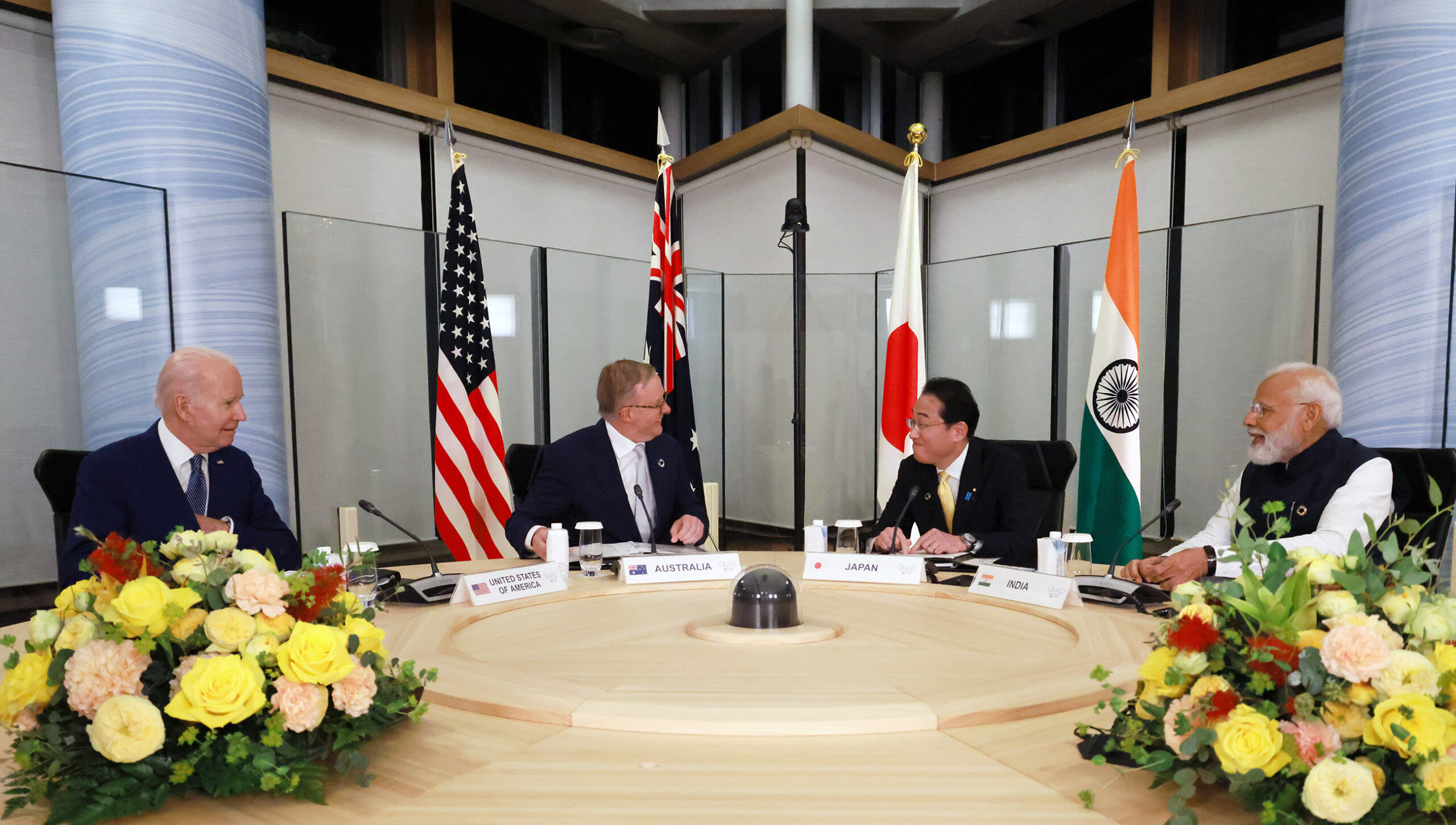The United States hosted the Quad Summit 2025 on Monday, welcoming leaders from India, Japan, and Australia to Washington for high-level talks on regional security, technology, and growing tensions with China in the Indo-Pacific.
This year’s summit comes at a time when China’s military expansion, economic influence, and territorial claims are raising alarms across the Asia-Pacific region.
Contents
Joint Statement Focuses on Indo-Pacific Stability
Following the closed-door meeting, a joint statement emphasised the Quad’s commitment to a “free, open, and rules-based Indo-Pacific.”
The statement highlighted plans for:
- Increased joint military exercises
- Enhanced cybersecurity cooperation
- Strategic technology sharing
The summit also included discussions on maritime freedom and maintaining peaceful navigation in the South China Sea.
India Raises Border Security Concerns
Indian Prime Minister Narendra Modi raised concerns over continued tensions along the Line of Actual Control (LAC) with China.
India called for deeper intelligence sharing and stronger defence ties to prevent future confrontations.
Australia, Japan Support Unified Response
Australian Prime Minister Anthony Albanese and Japanese Prime Minister Fumio Kishida echoed support for coordinated efforts to manage regional challenges and safeguard democratic values.
“Peace in the Indo-Pacific cannot be taken for granted,” said Kishida.
China Responds
In response to the summit, China’s Foreign Ministry called the Quad “a geopolitical clique” and accused the group of “creating divisions and provoking confrontation.”
No direct mention of China was made in the official communiqué, but multiple references to “coercion,” “unilateral changes,” and “regional intimidation” were interpreted as veiled criticisms.

